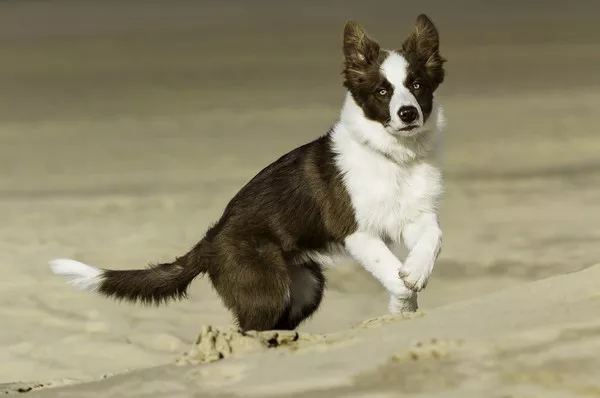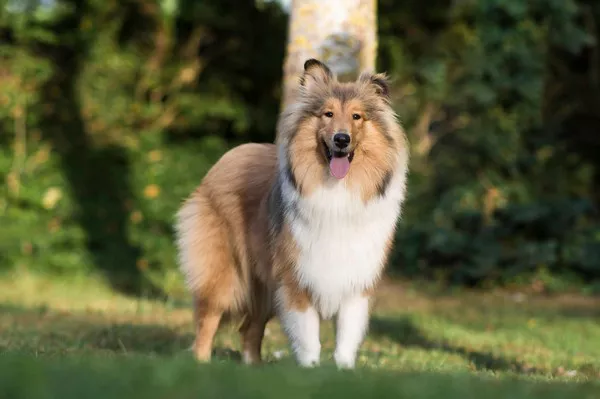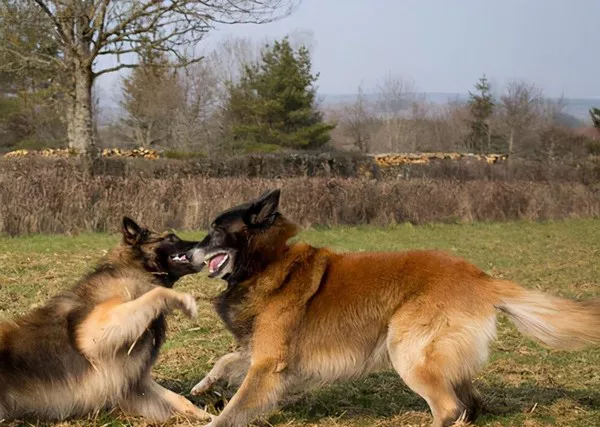The Alaskan Klee Kai is a small, intelligent, and energetic breed that has been capturing the hearts of dog lovers around the world. With their striking appearance that resembles a miniature Husky and their engaging personality, it’s no wonder these dogs have become increasingly popular as companion animals. But one question that often arises for potential or current Klee Kai owners is: Do Klee Kais like to swim?
This question is particularly relevant for families who enjoy water activities, live near bodies of water, or simply want to know the best ways to keep their Klee Kai physically active and mentally stimulated. This article explores the swimming tendencies of the Alaskan Klee Kai, including breed characteristics, individual personality differences, training tips, safety concerns, and how to make swimming a positive experience for your pet.
Understanding the Alaskan Klee Kai
To understand whether Klee Kais like to swim, it helps to first understand the breed’s background and general behavior.
The Alaskan Klee Kai was developed in the 1970s by Linda Spurlin and her family in Alaska. The breed was created by selectively breeding Alaskan Huskies with smaller dog breeds like the American Eskimo Dog and Schipperke to create a more manageable companion-sized version of the Alaskan Husky. The result is a dog that retains the wolf-like appearance and spirited nature of its ancestors in a smaller, more family-friendly package.
Klee Kais are known for being intelligent, alert, and reserved around strangers. They are loyal to their families, highly trainable, and have a lot of energy. They are also clean dogs and often described as having cat-like grooming habits. However, they can be wary of new situations and may need time and training to adapt to novel experiences like swimming.
Natural Instincts and Water
Some dog breeds are natural swimmers, while others are not. For example, Labrador Retrievers and Portuguese Water Dogs have a long history of working in aquatic environments and are usually comfortable in the water. On the other hand, breeds like Bulldogs and Dachshunds may struggle with swimming due to their body shape and limited stamina.
The Alaskan Klee Kai doesn’t have a specific historical or functional connection to water. They were not bred to be water dogs but rather as companion animals that resemble their working Husky relatives. However, just because a breed doesn’t have a history of swimming doesn’t mean individual dogs won’t enjoy or excel at it.
Klee Kais are agile and athletic, traits that can support a positive swimming experience. Their double coat provides insulation, which can help them tolerate cooler water temperatures, though it also means they take longer to dry. Whether a Klee Kai enjoys swimming often comes down to their unique personality and their early experiences with water.
Individual Personality Differences
Just like people, dogs have individual personalities. One Klee Kai might love swimming and eagerly jump into a lake, while another might be apprehensive and prefer to stay on dry land. Several factors influence whether a Klee Kai likes to swim:
- Early Exposure: Dogs that are introduced to water in a gentle and positive way during their formative months (around 8-16 weeks old) are more likely to develop a comfort with swimming.
- Positive Reinforcement: Associating water with fun activities, toys, or treats can encourage a Klee Kai to enjoy swimming.
- Temperament: Some Klee Kais are naturally more adventurous and curious, while others are cautious or anxious. These traits influence their openness to new experiences like swimming.
- Past Experiences: A dog that had a negative experience with water may develop a lasting fear, while a dog that has had fun in the water is likely to seek out the activity again.
Because of these variables, it’s important to approach swimming as a potentially enjoyable activity rather than a mandatory one. Never force a dog to swim if they are visibly stressed or scared.
Training Your Klee Kai to Swim
If you want to encourage your Klee Kai to enjoy swimming, a step-by-step training process can help build confidence and ensure safety. Here are some tips:
- Start Small: Begin with shallow water, such as a kiddie pool or the shallow end of a calm lake or pool. Let your Klee Kai explore at their own pace.
- Use Positive Reinforcement: Bring your dog’s favorite toys and treats. Reward them for calm behavior near and in the water.
- Go at Their Pace: If your dog is hesitant, don’t rush them. Allow them to observe and interact with water gradually.
- Join Them: Sometimes dogs feel more comfortable when their owner is nearby. Wading into the water yourself can encourage your Klee Kai to follow.
- Practice Short Sessions: Keep initial swimming sessions brief and end on a positive note. Gradually increase the time as your dog becomes more confident.
- Use a Dog Life Jacket: For safety, especially in deeper water, use a well-fitted dog life jacket. This helps your dog stay buoyant and builds their confidence.
Training should always be a positive experience. Never punish a dog for being fearful, and never throw a dog into the water.
Safety Considerations
Even if your Klee Kai enjoys swimming, safety should always come first. Here are some key points to keep in mind:
- Supervision: Never leave your dog unattended near water, even if they are a strong swimmer.
- Temperature: While the Klee Kai’s double coat offers some insulation, cold water can still be dangerous. Avoid swimming in very cold conditions.
- Water Quality: Make sure the water is clean and free of harmful bacteria or chemicals. Avoid areas with strong currents, waves, or deep drop-offs.
- Hydration: Bring fresh drinking water. Dogs may ingest unsafe water while swimming, which can lead to illness.
- Post-Swim Care: Rinse your Klee Kai after swimming to remove chlorine, salt, or lake debris. Dry them thoroughly, especially in colder weather, to prevent skin irritation or infections.
- Watch for Fatigue: Swimming is a great workout. Monitor your dog for signs of tiredness and allow them to rest.
Fun Water Activities for Klee Kais
Swimming doesn’t have to be the only way your Klee Kai enjoys the water. Here are some alternative water-based activities:
- Water Fetch: Playing fetch with floating toys in shallow water.
- Sprinkler Play: Many dogs love running through sprinklers on a hot day.
- Paddleboarding or Boating: With a life vest and supervision, some Klee Kais enjoy riding on paddleboards or boats with their owners.
- Wading and Splashing: Some dogs prefer to stay in shallow water and splash around rather than swim.
Signs Your Klee Kai Enjoys Swimming
You’ll know your Klee Kai is enjoying the water if they exhibit the following behaviors:
- Eagerly approach water bodies
- Wagging tail and playful behavior near water
- Jumping or walking into water on their own
- Barking excitedly or bringing you toys near water
- Swimming in circles or chasing splashes
Conversely, signs of discomfort include:
- Trembling or cowering near water
- Trying to escape or avoid water
- Whining or barking anxiously
- Clinging to the owner or refusing to move
Respect these signs and adjust your approach accordingly.
Conclusion
So, do Klee Kais like to swim? The answer is: it depends. While the breed doesn’t have a natural inclination toward water like some sporting or retrieving breeds, many individual Klee Kais enjoy swimming when introduced properly. Their intelligence, energy, and agility make them capable swimmers, but their enjoyment largely depends on early experiences, personality, and how swimming is introduced.
If you have a Klee Kai or are considering getting one, don’t rule out swimming as a potential activity. Take the time to introduce water gradually and positively. Whether it becomes their favorite pastime or just an occasional treat, swimming can be a fun and healthy way to bond with your Klee Kai.
Remember, every dog is unique. By observing your pet, being patient, and prioritizing safety, you can discover what activities your Klee Kai enjoys most—in or out of the water.
Related Topics:




















